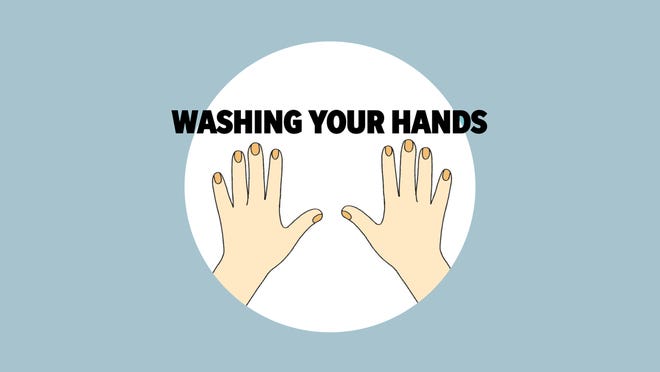CBC March 6, 2020
The blockades are over — for now.
Next comes the effort to calculate their economic impact — and it's just getting started.
Canada's transport minister said it will take six months to assess the damage, following weeks of turmoil that culminated in the lifting Thursday of the remaining Quebec rail blockades.
That longer-term uncertainty was underscored by other news that broke Thursday: Warren Buffett's investment company, Berkshire Hathaway, bailed on a $4 billion investment in a Quebec liquefied natural gas plant and blamed recent instability.
When asked what the economic effects might be during a trip to Washington, Transport Minister Marc Garneau replied: "Serious."
But he said a variety of factors need to be measured to fully grasp the effect, and that will take time.
Those factors include any layoffs; delayed or suspended industrial production; and adjustments to shipping routes.
He cited those shipping routes as an example of why it's difficult to immediately calculate an impact.
Garneau said some international shippers going through B.C. and, to a lesser extent, through Quebec and Nova Scotia, might have turned to temporary solutions — including ports in the United States.

Ryan Remiorz/The Canadian Press
What's unclear is how many suppliers will return to the same routes they used before the protests.
"I can't give you a precise number because these numbers will probably come out in about six months, because of the lag that occurs in assessing economic impact," Garneau told reporters in Washington.
Garneau was in the U.S. capital meeting with American officials and promoting Canada's effort to create new air-travel safety protocols in the wake of the disaster involving the Iranian-downed flight PS752.
Interest rate cut
Meanwhile, in Toronto, the Bank of Canada governor cited a series of reasons for this week's interest rate cut.
Stephen Poloz said the central bank was already contemplating a rate move before the coronavirus struck.
Blockades were one of several reasons.
"Not surprisingly, the threat to the global economy of COVID-19 — the coronavirus — played a central role in our deliberations," Stephen Poloz said, according to the prepared text of remarks delivered Thursday.
"Of course, the coronavirus is not the only issue on the table. … In addition to the impact of COVID-19, there are other factors: the strike by Ontario teachers, unusual weather and the rail blockades.
"We can hope that all of these factors prove to be temporary, but it seems that we are headed for at least another quarter of very slow economic growth."
Reduced growth
An early private-sector estimate estimates the cost of blockades at 0.3 per cent of Canada's economic activity for the current quarter.
For the sake of context, that's equivalent to the entire growth estimated for the Canadian economy in the final quarter of 2019.

Darryl Dyck/The Canadian Press
Scotiabank's deputy chief economist, Brett House, said it's early for a perfect assessment; but he said last year's CN Rail strike offers a useful reference point for what to expect.
He said his bank estimates that the strike cut two-tenths of one percent from quarterly GDP, and that the losses were later recovered — as demand for the stalled goods persisted, and they were eventually shipped to customers.
"That [activity in 2019] just got delayed. It essentially just moved growth from one period to the next," House said.
"We'd expect a similar kind of dynamic from the blockades — where the impact on shipping is compensated for in the next period, by an increase."
He cautioned, however, that the strike was easier to anticipate than the blockades, and the uncertainty over potential future disruptions could lead to a greater impact.
"A continued threat of blockades will lead people to find alternative transportation routes and alternative suppliers," House said.
"The uncertainty created by blockades potentially coming up at any time and any place could be a dampener on growth, going forward."
The lifting of blockades remains tentative, as Wet'suwet'en people consider the provisional agreement reached with government officials in a dispute involving a natural gas pipeline.














